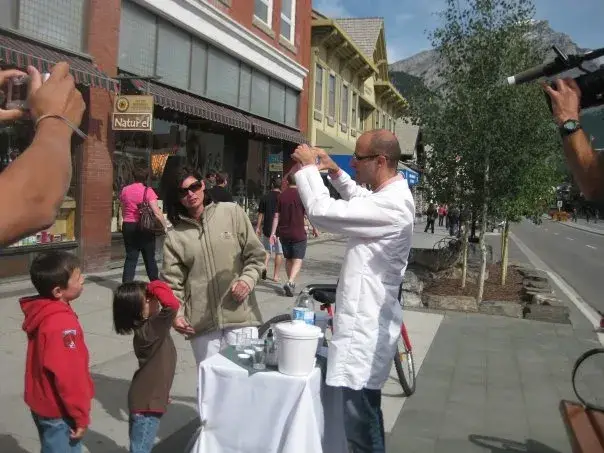
Science shows us things that can seem counter-intuitive
During the pandemic, there was a mad scramble to understand the new virus on the scene and how to prevent its spread. In the early days, homemade masks were the only option for many people, and so a group of scientists quickly set out to assess the effectiveness of different kind of materials that people were using to make masks.
Here is a list of masks in order of effectiveness, courtesy of Stanford Medicine:
- Surgical mask
- Vacuum cleaner bag*
- Tea towel
- Cotton mix
- Antimicrobial pillowcase
- Linen
- Cotton t-shirt
- Pillowcase
- Silk
- Scarf
This is interesting because you cannot tell just by looking at a tea towel that it would make a better mask than a pillowcase.
But science can.
Note the asterisk by “vacuum cleaner bag”. The note says that, while this material is highly effectiveness at blocking virus particles, it also makes it hard to breathe. I would add that there’s a feel good factor too. Do you want to wear a vacuum cleaner bag on your face? Science can be funny, and take itself seriously, all at once!
This list of effectiveness holds true in China, Italy or Iran, whether you are Buddhist, Christian or Muslim. This is another key characteristic of science. However, the cultural context and how this list would be interpreted is as important as the effectiveness properties.
The items in this study makes science feel life-sized and everyday – a towel, a scarf. But science is especially good at seeing things that we cannot evaluate with our everyday senses and tools. The instruments of science – think electron microscopes or large array telescopes – open up windows into the world of the very very small and the very very vast. These instruments are mind-bending inventions in themselves.
In the global pandemic, we saw the mind-bending ability of our species to tackle problems collaboratively. We also saw our ability to disagree.
When science is at the nexus of discussions like this – and it often is – there is an onus on the science community to communicate well in value-laden conversations. We learned during the pandemic that there are still many things we need to improve when it comes to communicating science.
Having respect for audiences is a good place to start. Science is super powerful, and super useful when people and communities can have genuine conversations about how it is applied. This is especially true because the understanding opened up by science can be counter-intuitive.